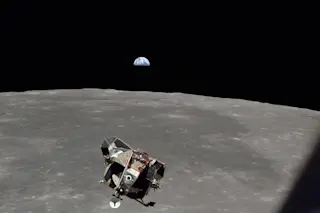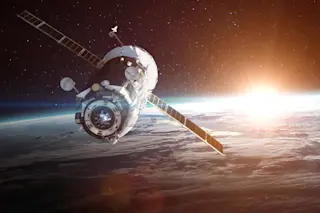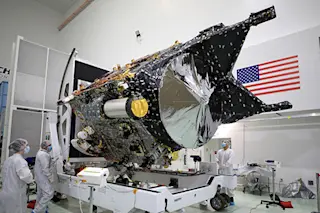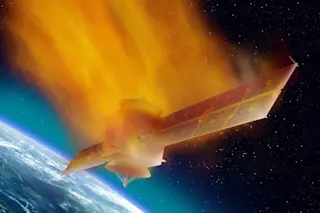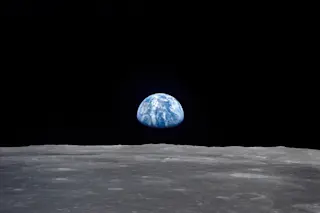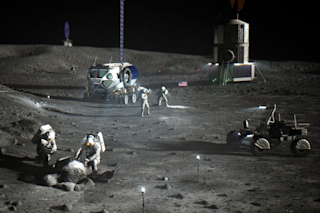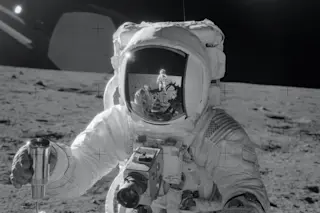On July 21, 1969, Apollo 11’s Eagle lunar ascent stage lifted off from the surface of the Moon to rendezvous with the command module Columbia in orbit. After docking, Neil Armstrong and Buzz Aldrin clambered back into Columbia carrying 22 kilograms of lunar rock. The crew then closed the hatch and the command module returned to Earth.
Before leaving, though, it jettisoned Eagle, leaving the ascent module in a retrograde orbit some 125 kilometers above the lunar equator. NASA has always assumed that this orbit was unstable and that some time later, Eagle must have crashed into the lunar surface.
Now, a new analysis suggests that Eagle is still up there, in essentially the same orbit that Columbia left it in. “There exists some possibility that this machine might have reached an inert state, allowing it to remain in orbit to the present day,” says independent researcher James Meador. Indeed, ...


